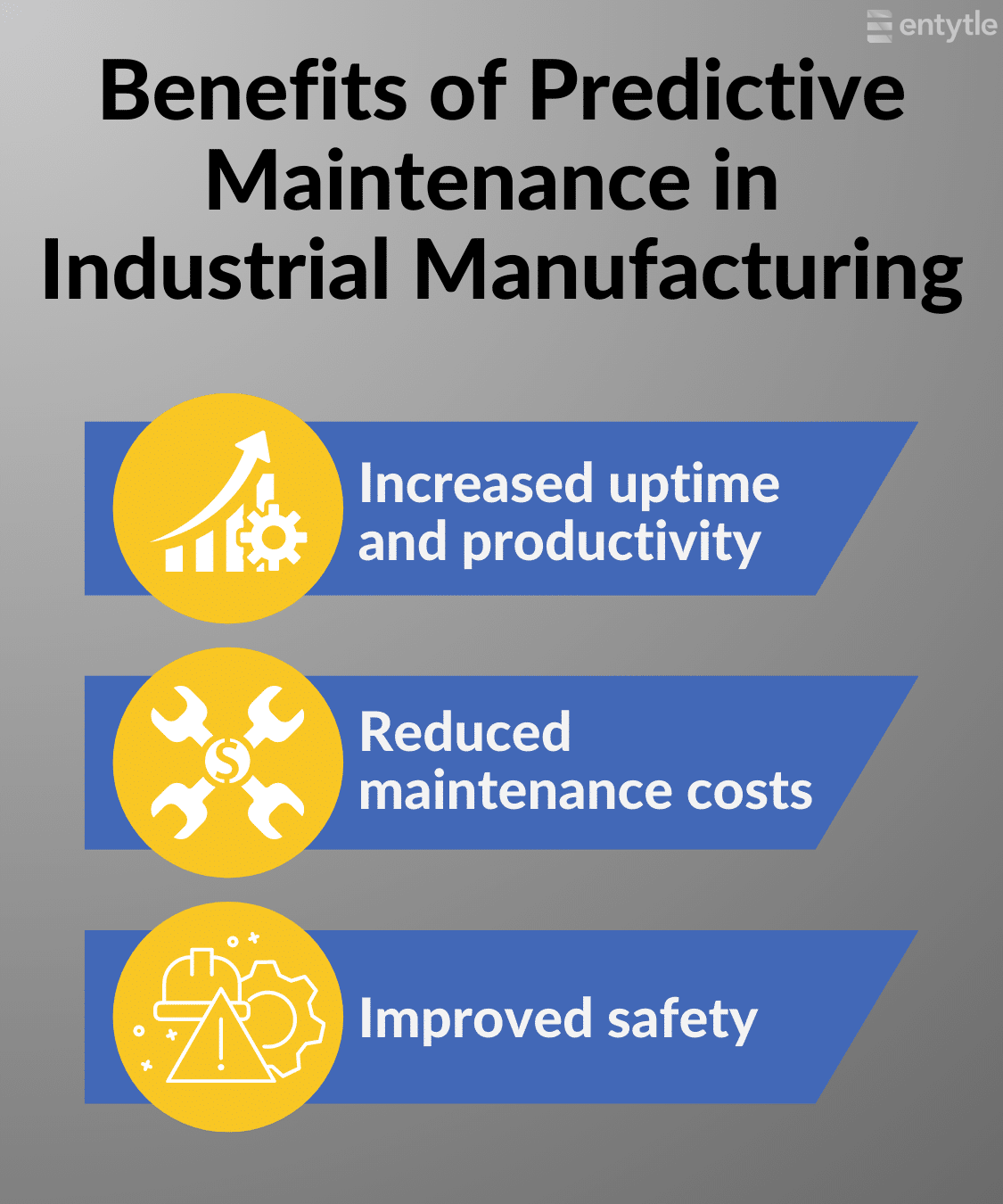In the past few years, Predictive Maintenance in Industrial Manufacturing landscape has been completely revolutionized. By leveraging data analytics and machine learning, Industrials are now able to anticipate equipment downtime, allowing them to create proactive maintenance plans. This shift to Predictive Maintenance is advantageous in several ways, as it significantly reduces equipment downtime, extends the lifespan of machinery, and ultimately saves both time and money for manufacturers.
However, as we move forward, it’s worth considering what the future holds for Predictive Maintenance in the industrial landscape. What new technologies will emerge to support this approach, and how will it continue to evolve in response to changing industry needs? Only time will tell, but one thing is for sure: Predictive Maintenance is here to stay, and it’s poised to continue transforming the industrial manufacturing sector for the better.
The Future of Predictive Maintenance in Industrial Manufacturing:
As technology is advancing the future of predictive maintenance in industrial manufacturing seems more promising, let’s dive into some of the features and innovations that are shaping the future of predictive maintenance –
1. Artificial Intelligence (AI) and Machine Learning (ML)
AI and ML are assured to revolutionize predictive maintenance in industrial manufacturing landscape. These technologies are capable of processing massive volumes of data and seeing patterns that people would overlook.
The data can also be used to help AI and ML learn, which will eventually lead to greater accuracy. Predictive maintenance will thus improve accuracy while fewer incorrect data points are generated. Additionally, AI and ML make predictive maintenance possible by enabling the analysis of data from several sources, including sensors, maintenance logs, etc., to provide comprehensive details about the equipment’s state.
2. Predictive Maintenance as a Service (PMaaS)
Predictive maintenance as a service (PMaaS) is an emerging trend in which third-party providers offer predictive maintenance as a service. This makes it possible for smaller Industrials to make use of the technology without having to pay the large capital expenditures involved in establishing and maintaining it. Additionally, PMaaS enables Industrials to outsource their maintenance requirements while concentrating on their core capabilities. Industrials may save operational expenses while increasing equipment uptime by utilizing PMaaS.
3. Integration with Enterprise Resource Planning (ERP) Systems
The integration of predictive maintenance with enterprise resource planning (ERP) systems will allow industrials to manage their maintenance activities more efficiently. Manufacturers will be able to optimize their maintenance plans and lower unscheduled downtime thanks to this integration’s real-time insight into maintenance activities. Additionally, industrial manufacturers may expedite their maintenance procedures, lowering the need for manual intervention and reducing the possibility of mistakes by integrating predictive maintenance with the ERP system. Read about how to save cost by speeding up ERP and CRM (re)implementation with a better Data Quality Strategy.
4. Digital Twins
Digital twins are virtual replicas of physical equipment that can be used to simulate maintenance scenarios. Industrials may use digital twins to test various maintenance approaches and see possible issues before they arise.
As sensors grow more affordable and data becomes more readily available, this technology will spread more widely. Industrial producers can optimize their maintenance plans using digital twins, which also helps them cut costs and increase the uptime and dependability of their equipment.
Benefits of Predictive Maintenance in Industrial Manufacturing:
Implementing predictive maintenance in industrial manufacturing offers several benefits –

1. Increased uptime and productivity
Predictive maintenance helps Industrials to identify and fix equipment problems before they cause downtime. This reduces unplanned downtime and increases overall equipment effectiveness (OEE).
2. Reduced maintenance costs
Industrial manufacturers can save costs with predictive maintenance strategies. This is accomplished by giving them the option to plan a predictive maintenance strategy depending on the demand rather than adhering to a predetermined schedule. As a result, there is a lower chance of over-maintaining the equipment, which can be expensive.
3. Improved safety
Predictive maintenance aids to identify potential safety hazards before they become a problem. This reduces the risk of accidents and injuries in the place of work.
In conclusion, Industrial manufacturers will increasingly rely on predictive maintenance. Predictive Maintenance in Industrial Manufacturing has emerged as a service with the development of AI & ML, the integration with ERP systems, and the use of digital twins, predictive maintenance is set to transform the industry. By implementing predictive maintenance, manufacturers can increase uptime and productivity, reduce maintenance costs, and improve safety in the workplace. Technology is constantly evolving. Industrials must stay up-to-date with the latest maintenance strategies. They should also adopt cost-effective maintenance programs to calculate Overall Equipment Effectiveness (OEE). This will ensure their equipment is in proper working condition. Maintenance teams should focus on proactive maintenance rather than reactive maintenance, using condition-based maintenance and Reliability-Centered Maintenance (RCM) to prevent equipment failures. By embracing a predictive maintenance program, manufacturers can stay ahead of the competition and thrive in the industrial manufacturing landscape.








